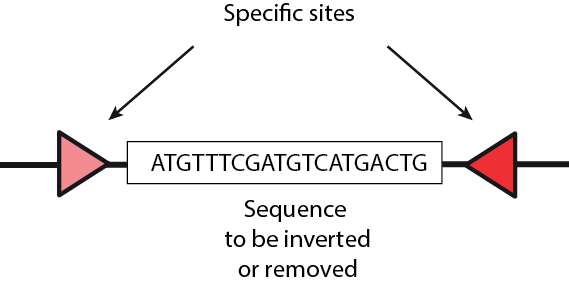Team:ETH Zurich/project/background/biotoolssimple
From 2014.igem.org
Biological Tools
Quorum sensing – Communication using signal molecules
Bacteria can interact with their surroundings and neighboring cells via cell-to-cell communication. Using this communication they can coordinate the expression of genes and thus the overall behavior of their population.
Quorum sensing describes a system including a stimulus and a response. It is the synthesis and diffusion of small molecules, which are able to trigger a response. One of these small molecules is called N-(3-oxohexanoyl)-L-homoserine lactones, which we will just call AHL here, and is produced by the enzyme LuxI (Please consider the figure below for the flow of AHL between cells).
The AHL produced in one cell can then diffuse out of the cell and reach other cells. In those other cells it binds and activates a protein called LuxR. This activated LuxR protein binds the DNA in the receiver cells and triggers the production of LuxI. This way, the sensor cells will also act as a producer cell and trasnfer the signal to the following cells.
There are also ther systems of AHLs corresponding to the LuxR/LuxI system. These additional systems are called LasR/LasI and RhlR/RhlI.
Integrases – Molecules working as scissors on the DNA
Integrases are proteins that work like scissors on two specific sites on the DNA. Within those two sites they can invert the sequence or they can completely remove it. The genes coding for those integrase-scissors and their corresponding specific sites can easily be inserted into bacteria. This way you can control which genes are expressed by defining integrases present in your system.
In our project integrases working as scissors for DNA is one of the core components we tried to implement in Mosaicoli.
 "
"

